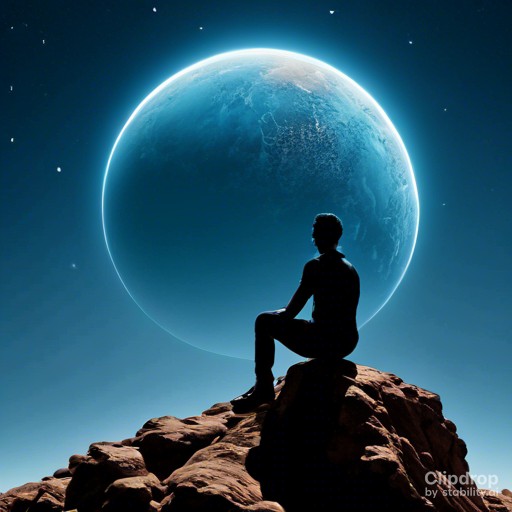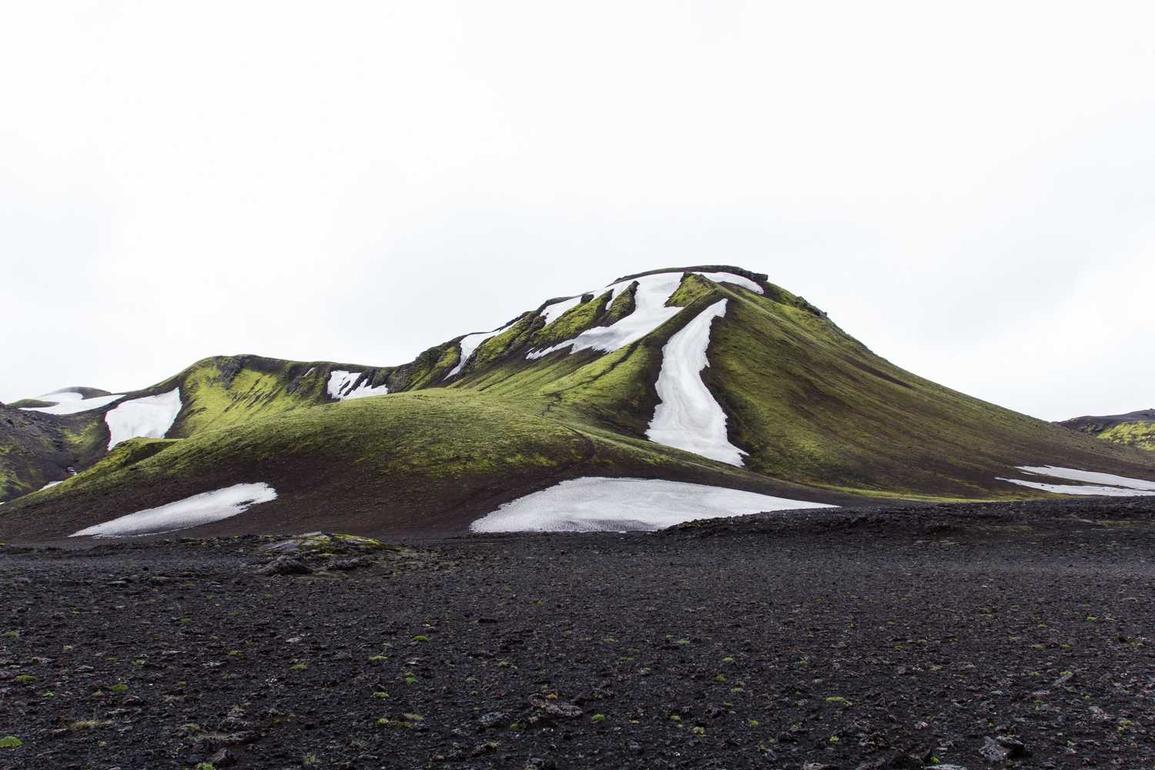Moonlit Solitude: A man, a rock, and the moons silent vigil

In the quiet, undulating whispers of the night, a man finds his retreat on a lopsided, weathered rock. The moon, a silver disc in the velvet canvas of the sky, casts its ethereal glow upon the scene. The man sits, a solitary figure Senators 360 by the sea, his gaze directed upward, lost in the lunar prosaic. His countenance, half-lit by the moonbeam, reveals a face etched with lines of reflection, perhaps of tales unwritten, battles uncharted, or dreams yet to embark.
The rock, his companion in this nocturnal vigil, appears as a titan of the earth, emerged over millennia to bear witness to the impulsive dance of tides and time. Its surface, rough and unpredictable, mirrors the uncertain terrain of life the man might be contemplating.
The moon, a constant in the man’s life, has witnessed his birth, his triumphs, and his despair. Its phases, like the seasons, mark the passage of time, a reminder of the transience of existence. Yet, despite its intimacy, the moon remains elusive, an enigma pushing the bounds of human understanding.
In this silent communion with the lunarorrow, the man finds a sense of peace, a refuge from the chaos of life. The moon’s serene glow soothes his spirit, its timeless presence offering a reminder of the grander design of the universe.
As the night deepens and the moon climbs higher into the sky, the man’s figure merges with the shadows, becoming one with the rock, the sea, and the moon’s silent vigil. In this transient moment, time seems to stand still, and he finds solace in the celestial dance of the moon and the earth.
End of content





